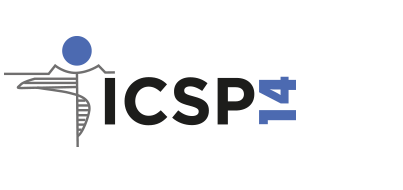14th International Conference on Shot Peening
Abstract [86]
Yasunori Harada and Kenta Sugihara
Graduate School of Engineering, University of Hyogo, Shosya, Himeji, Japan – harada@eng.u-hyogo.ac.jp Graduate School of Engineering, University of Hyogo, Shosya, Himeji, Japan – knt.sg851787@gmail.com
Introduction
Magnesium alloys, which are the lightest of all practical metals, have excellent properties in terms of specific strength, specific rigidity, and recyclability. Therefore, these alloys are attracting attention as structural components for transportation equipment such as automobiles and aircraft. In the use of Mg alloys, there is a strong demand for improvement of corrosion and wear resistance. For this reason, functional alloys have been developed. In addition, improvement by surface modification has been attempted. However, magnesium is prone to corrosion that limits its application. In surface modification, coatings such as plating and vapor deposition have been developed [1]. For use in harsh environments, there are issues such as control of film thickness and bonding strength.
Objectives
Surface modification by shot peening or similar peening technology is actively used. Rotational bending fatigue tests were carried out using ferrite-pearlite steel modified by the WPC (Wide Peening and Cleaning) process [2]. On the other hand, the authors have bonded dissimilar materials to metallic materials by shot peening [3]. In the present study, to improve the corrosion and wear resistance of magnesium alloys, dissimilar materials of resin and ceramic were bonded.
Date
19 Novembre 2022

